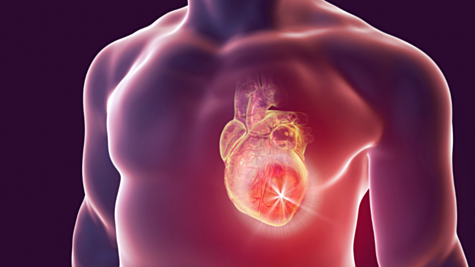What happens during a cardiac arrest?

A cardiac arrest is a sudden and serious medical emergency that is life-threatening. During cardiac arrest, the heart isn’t completely without a rhythm, it just appears that way. Because the chambers of the heart are not receiving the right signals anymore, the heart can no longer contract and pump blood around the body. Understanding what exactly happens during a cardiac arrest is crucial because prompt action is the key to survival.
What happens in the body?
During a cardiac arrest blood circulation throughout the body ceases because of an abnormal heart rhythm. This results in an immediate lack of oxygen and nutrients for organs and other tissue. Without the constant supply of oxygen to the lungs and then to the rest of the body, unconsciousness quickly takes hold. The lack of oxygen directly affects the brain, which can lead to severe damage within minutes.
What should you do in a cardiac arrest?
In this critical situation, swift action is essential. The first thing that should happen is an immediate call to the emergency number (999). Professional help is vital and can make the difference between life and death.
While professional help is on the way, it is crucial to initiate cardiopulmonary resuscitation (CPR). CPR involves chest compressions to manually pump blood and artificial ventilation to provide oxygen to the organs. These actions, performed in the first minutes of a cardiac arrest, can make the difference between survival and severe lasting damage.
Modern technology has also played a role in saving lives during a cardiac arrest. Automatic External Defibrillators (AEDs) are now widely available. A defibrillator can administer electric shocks to restore the normal heart rhythm. The use of a defibrillator, along with CPR, significantly increases the chances of survival.
In conclusion, a cardiac arrest is a sudden and life-threatening event that requires immediate action. By promptly calling the emergency number, starting CPR, and using an available defibrillator, we can improve survival chances and minimize lasting damage. Understanding what happens during a cardiac arrest and how to act effectively makes us all potential lifesavers in emergency situations.